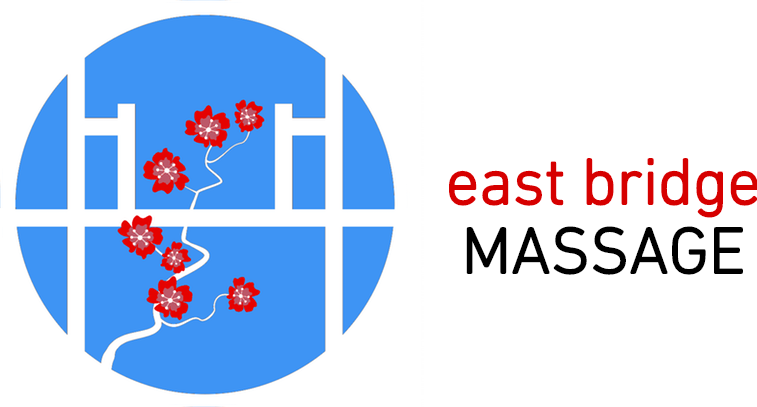Trigger Point
Like unknotting a snag in a sweater, trigger point work is used to change the muscles response that happens after a car accident where you muscles want to tighten or “lock up.” Trigger point massage helps to release pain and tension in the muscles and to improve range of motion. Since trigger points are the result of trauma to the muscle, this is an essential technique for treating injuries like whiplash, where you may experience worsening neck pain and stiffness. A skilled massage therapist can find these key areas and will know when to compress these trigger points, then release the isolated pressure and allow the area to relax as it deeply changes the memory within the muscle.
Myofascial Release
Myofascial tissues surround and support the muscles in your body, and typically develop tightness and tenderness following an auto injury. Myofascial release massage will gently and gradually stretch and massage those tissues to help relax the tension buildup and work out the adhesion and band of muscle tissue that’s been causing you pain, ultimately improving your range of motion by relaxing and lengthening those supporting tissues.
Deep Tissue
Deep tissue is a term that many people use but don’t necessarily have the skills or strength needed to sustain this type of treatment. Finding a licensed massage therapist who can do this type of massage for up to an hour of therapeutic care is essential. “True deep tissue” massage can be crucial to your healing process if you have developed scar tissue from an auto injury. Using sustained pressure and slow, deep strokes is the simple essence of deep tissue massage. It focuses on the inner layers of muscles and tendons, alleviating tension and breaking up scar tissue. It can also promote faster healing as it increases blood flow and reduces inflammation.
Swedish Massage
One of the most commonly known terms in the massage world is a Swedish massage, which focuses on relaxation. It is gentler than deep tissue and is used to loosen tight muscles that are causing stiffness and hindering your daily activities. Following a car or bike crash, you will find that the relaxation from a Swedish massage may be more important than ever, as it can help calm the nervous system, improve and promote healing, and greatly ease your discomfort and soreness.
Neuromuscular
The focus of neuromuscular massage is to improve nervous system alignment of the muscle and skeletal system. As neuromuscular massage therapists, we often place a consistent amount of pressure on a site that proves to have low blood flow and adhesions. The key is having the experience as an LMT in Oregon to find and access the dysfunction, reducing pain, muscle spasms and congestion for a long-term effect. Specifically, this type of therapeutic massage is highly effective when working with whiplash, muscle imbalance and spasms, nerve compression and restriction, as well as postural improvements.
Following an auto accident, the last thing you need is additional stress from untreated pain. At East Bridge Massage we know that every single auto injury case is unique and needs a customized treatment plan tailored to the individual, and we will happily walk you through it! Knowing that you’re in the hands of knowledgeable massage therapists at a specialty medical massage center with decades of collective knowledge can help put your mind at ease and allow you to make your health a priority.
Written By:
 Clare Katner, Owner & Founder
Clare Katner, Owner & Founder

